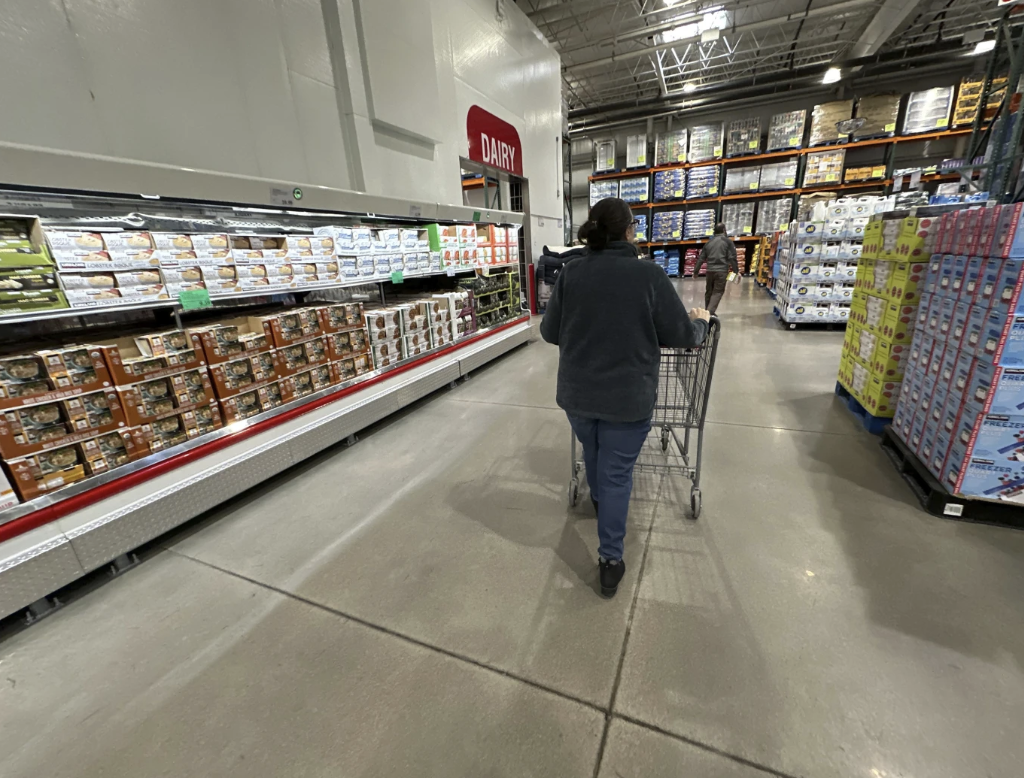According to the most recent statistics from Halifax, the UK housing market took a break in June 2025, with average house prices remaining relatively unchanged at £296,665, hardly changing from May’s £296,782. A market struggling with recent stamp duty rises and economic uncertainty has led to this stalemate, which followed a 0.3% decrease in May. Price increases of 2.5% from June 2024 levels indicate persistence in the face of adversity, even if the market has not moved at all this month. With an in-depth examination of geographical movements, buyer behavior, and economic variables influencing the market, let’s dissect the data, patterns, and the reasons for this stop.
Market Stalls but Shows Grit
June’s flatline in house prices—0.0% month-on-month growth—marks a pause after May’s slight decline. Halifax reports the average UK home price nudged down by just £117 from May to June, a negligible shift that underscores market stability despite headwinds. Amanda Bryden, Halifax’s head of mortgages, notes the market’s tenacity, pointing to a rebound in mortgage approvals and property transactions following a slowdown triggered by April’s stamp duty changes. Over the past two months, Halifax supported 3,000 additional buyers, including 1,000 first-time buyers, who wouldn’t have qualified for mortgages under stricter pre-April rules. This flexibility in lending, spurred by new regulatory guidance, has bolstered demand, with mortgage approvals hitting a 15-month high of 62,000 in May 2025, per Bank of England data.
Annual growth, though, has softened to 2.5% from 2.6% in May, reflecting cautious buyer sentiment. The market’s resilience shines through when you consider the broader context: wage growth of 5.7% annually (ONS, Q2 2025) outpaces inflation at 2.1%, boosting affordability for some. Yet, high prices—now 7.2 times the average UK salary of £41,200—strain first-time buyers, whose numbers have dropped 12% since the stamp duty relief ended in April, per Halifax. The market’s ability to hold steady despite these pressures suggests underlying demand, but cracks are visible.
Regional Hotspots and Cold Zones
Drilling into regional data reveals a patchwork of performance. London remains a powerhouse, with average prices at £536,200, up 3.8% year-on-year, driven by strong demand and limited supply. The South East follows, with prices at £392,100, a 2.9% annual rise. But not all regions are thriving. The North East saw the weakest growth, with prices at £178,400, up just 0.8% from June 2024, reflecting slower economic activity. Scotland, meanwhile, posted a solid 3.1% annual increase, with homes averaging £218,700, buoyed by robust local demand and tourism-driven second-home purchases.
Quarterly trends add nuance. The East Midlands saw a 1.2% price drop from Q1 to Q2 2025, while Wales bucked the trend with a 1.8% quarterly gain. These shifts tie to local factors like job market strength and infrastructure investment. For instance, Cardiff’s ongoing regeneration projects have spurred buyer interest, while parts of the Midlands face softer demand amid factory closures. Halifax’s three-month rolling data confirms these regional disparities, with 60% of UK regions showing annual growth below the national 2.5% average.
Economic Clouds and Silver Linings
The economic backdrop is a mixed bag. June’s stagnation aligns with a cooling jobs market, with unemployment ticking up to 4.5% in May 2025 (ONS), denting buyer confidence. The Halifax index notes a 7% drop in property listings from April to June, as sellers hesitate amid fears of further tax hikes, with a rumored £5bn public finance shortfall fueling speculation of Autumn budget increases. Yet, there’s optimism on the horizon. Halifax anticipates two interest rate cuts by year-end, with the Bank of England’s base rate already down to 4.75% from 5.25% in early 2025. New mortgage rates, now at a two-year low of 4.1%, could ease affordability pressures, potentially lifting prices by 1-2% in H2 2025, per Halifax’s forecast.
Sarah Coles of Hargreaves Lansdown flags affordability as a persistent hurdle, with homes pushing “the limit” for many. The average deposit for first-time buyers has climbed to £58,300 (20% of £291,500, the typical first-time buyer price), a 9% increase from 2023. This barrier, coupled with higher borrowing costs, explains the 15% drop in first-time buyer mortgage applications since Q1 2024. Still, Halifax’s data shows a 10% uptick in transactions from May to June, hinting at pent-up demand ready to break through if rates fall further.
Buyer Behavior Shifts Gears
Buyers are adapting to the new reality. Halifax reports a 25% surge in inquiries from first-time buyers in June compared to April, as lenders loosen affordability checks. This shift has helped 1,000 more first-timers secure mortgages in Q2 than in Q1. Meanwhile, movers—those upgrading or relocating—are driving 55% of transactions, up from 50% in 2024, per Halifax. This trend reflects confidence among existing homeowners, many locked into low-rate fixed deals from 2021-2022, with average rates of 2.8%. However, remortgaging activity is down 8%, as 1.4 million households face refixing at rates above 4.5% in 2025, per UK Finance.
Sellers, too, are adjusting. A 5% increase in properties listed at discounts of 10% or more from April to June signals urgency among some, particularly in oversupplied areas like the North West. Conversely, premium listings in London and the South East, where homes are priced 15% above regional averages, have risen 3%, reflecting seller confidence in high-demand zones.
What’s Next for the Market?
The UK housing market’s June pause is less a crisis and more a recalibration. With prices 2.5% higher than last year and transactions rebounding, demand persists despite affordability woes and economic jitters. Expected rate cuts and wage growth could fuel modest gains, but regional disparities and tax uncertainties loom large. London and Scotland may continue to outpace sluggish regions like the North East, while first-time buyers will need more than flexible lending to bridge the deposit gap. For now, the market’s holding its ground, but it’s a tightrope walk.

